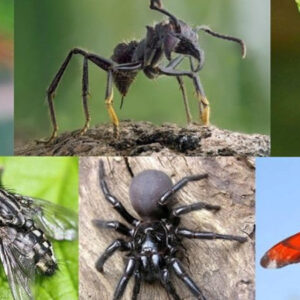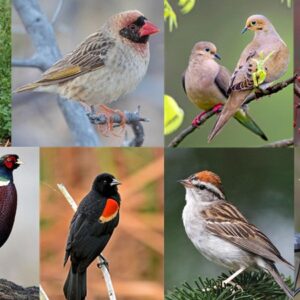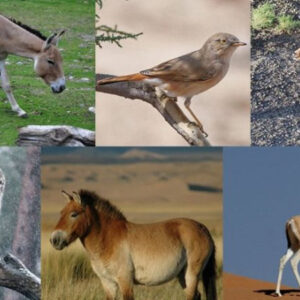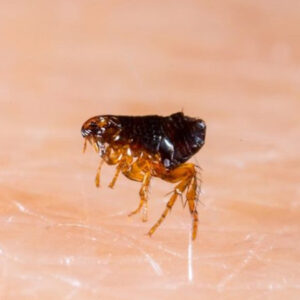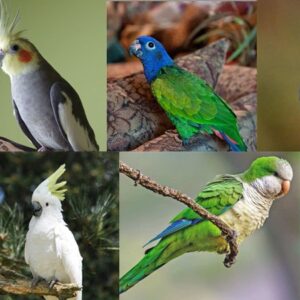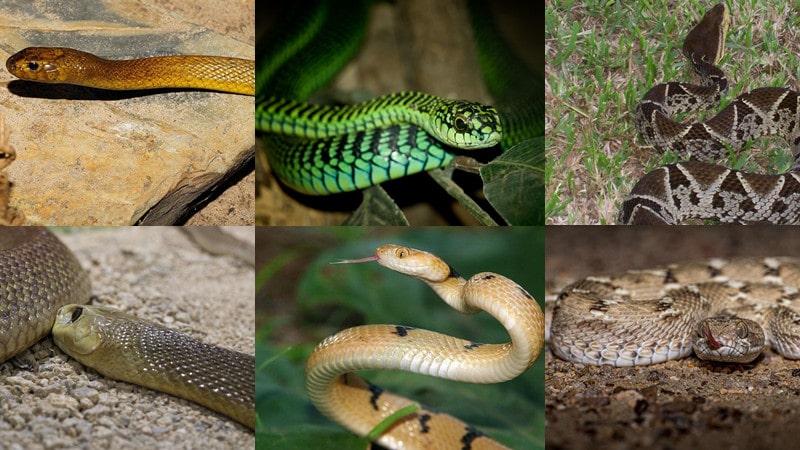
Just as the Greek proverb says — don’t trouble a quiet snake. The mere thought of it might be giving you the chills, especially when you know nothing about the said snake.
For your safety, this article compiled a list of the 10 most venomous snakes in the world. Whatever you do, just make sure to steer clear of these as they are in no way your friends.
Snake Venom

Have you still not shaken off the eerie feeling of being close to a serpent? Even if you are an animal lover, chances are, you’re still uncomfortable picturing snakes. Constricting or venomous ones — that doesn’t make much of a difference either. From an evolutionary standpoint, we seem to be programmed to fear them, and for a reason.
When it comes to constrictors, the situation is clear enough. They kill their prey by squeezing it to death. On the other hand, venomous snakes inject lethal venom into their prey by biting them. Ultimately, the venom’s toxicity is what the prey dies from.
Still, note that venomous isn’t the same as poisonous. Although both venom and poison are toxic, they operate quite differently. So, you’ll need to eat a poisonous snake to experience its toxic effects. On the other hand, venomous snakes will be the ones biting you and injecting their toxins in the process.
Experts can determine just how toxic the snake’s venom is with an LD50 test. Among other things, biologists use this method to rank the most venomous snakes in the world. The test’s name itself refers to the venom dose that would prove lethal for half the animals it’s given to. Naturally, the lower this dose is, the stronger the venom.
What Are the 10 Most Venomous Snakes in the World?
1. Inland Taipan
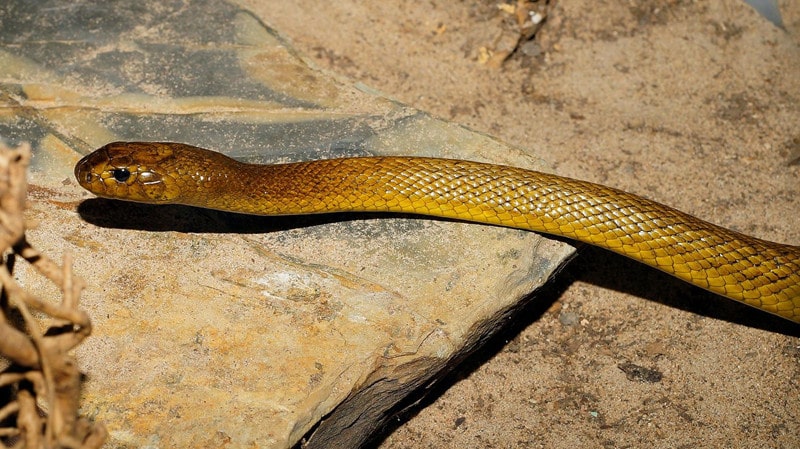
Native to Australia, inland taipans are often considered the most venomous snakes in the world. It might not be so easy to spot them due to their earthy colors ranging from yellow to darker brown shades. Still, you won’t be able to miss their robust build featuring a way darker rectangular head.
Even though an inland taipan stays away from humans hiding out in rocks, it’s still extremely dangerous. Its venom scores 0.025 mg/kg on the LD50 test, which makes it the most potent venom there is. Thus, the venom dose injected with a single bite is strong enough to kill 100 people.
If an inland taipan decides to attack you, you might not have enough time to react. These snakes are extremely fast and don’t spare their venom. Unfortunately, death will result after 45-minute nausea and paralysis.
2. Coastal Taipan
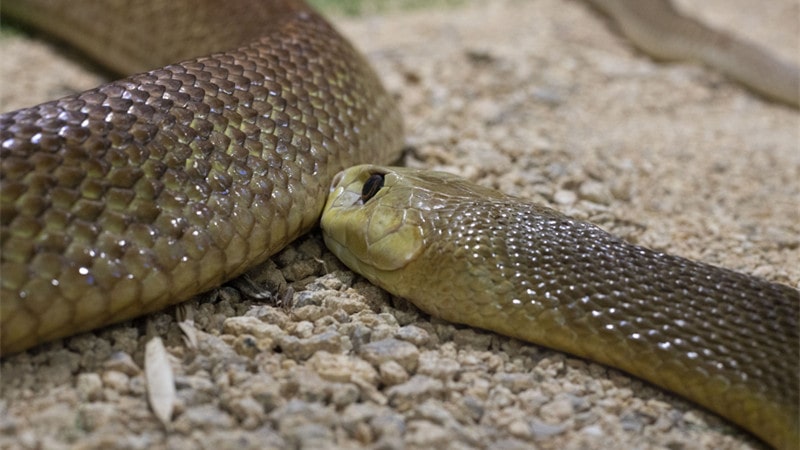
Again, when in Australia, you’ll need to look for coastal taipans as well. Just like their above-mentioned cousins, these snakes are long, brown, and muscular. Their fangs are the longest in Australia, though — they’re 0.5 inches long. Although these guys prefer coastal regions, you can come across them far away from the ocean, despite their name.
Coastal taipans are considered the third most venomous snakes in the world. Even a small dose of their highly potent venom can prove fatal. This cocktail of toxins can be strong enough to stop your heart and lungs. As a result, without an antidote, this will lead to suffocation.
So, be wary of coastal taipans as they can get pretty nervous. Still, when given a chance to escape, they will always gladly take it.
3. Eastern Brown Snake
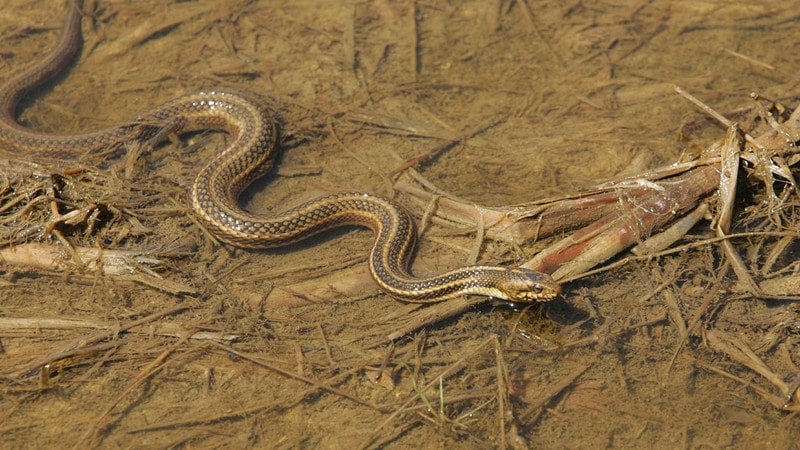
Also known as common brown snakes, they are some of Australia’s deadliest snakes. You can recognize the eastern browns by their light-tan to dark-brown color, short head, and long, slender body.
Keep this in mind because you can come across them pretty much anywhere except in rainforests or high mountain regions. Still, they seem to look for open spaces and large agricultural areas more.
Their venom is the second toxic snake venom in the world, right after that of inland taipans. So, even if eastern brown snakes can inject you with as little as 4 mg of venom, their toxic bite can lead to gradual paralysis and excessive bleeding.
However, it might not be so easy to detect their painless bite at first. For this reason, you’ll need to be extremely cautious.
If you decide to disturb an eastern brown snake, it will lift its body from the ground to defend itself. The snake will form an s-shape, revealing why its scientific name means fake cobra.
4. Black Mamba

Image source: Pinterest
Of all the most venomous snakes in the world, black mambas have the most fearsome reputation. Despite their name, they’re usually brown or gray, with even lighter bellies.
However, they got their name from the dark blue-black color inside their mouths. You can see black mambas only in Africa, residing in the savanna grass, rocks, and trees.
The venom of this snake is so potent that it could kill you within 20 minutes. Luckily, thanks to the antivenin, the number of fatalities has dropped. Still, the snake spreads terror in the rural areas of Africa where the antivenin isn’t within your reach.
Thus, remember to always look out for them. Hopefully, these shy snakes will avoid you too.
5. King Cobra
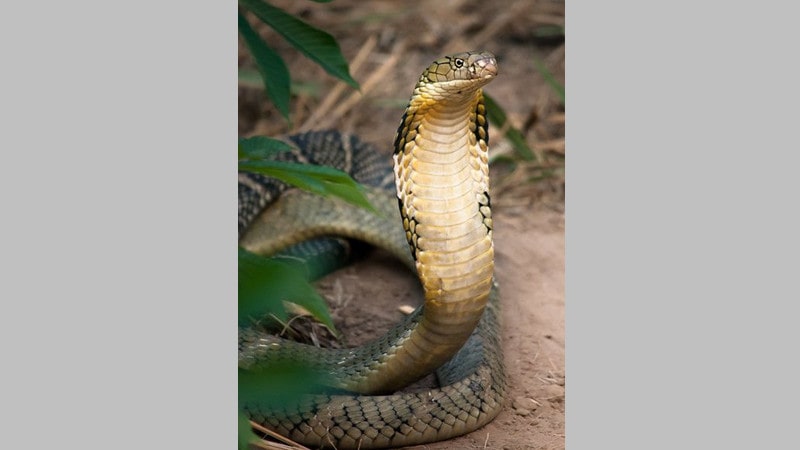
Image source: Pinterest
King cobras are extremely large, king-size snakes that can grow up to 18.5 ft. Thanks to their famous hoods, these brown guys can easily be spotted. They also often have yellowish stripes on their back. Native to Southern Asia, king cobras are the longest most venomous snakes in the world.
Their venom is not the most potent, though. However, the amount of venom they can deliver with just one bite is outstanding. This dose would be enough to kill even 20 people or an elephant. The snake’s prey ultimately dies as a result of a cardiac or respiratory arrest.
These snakes are famous for their ability to stand up, look you right in the eye, and hiss. Still, they’ll attempt to keep away from you.
6. Boomslang
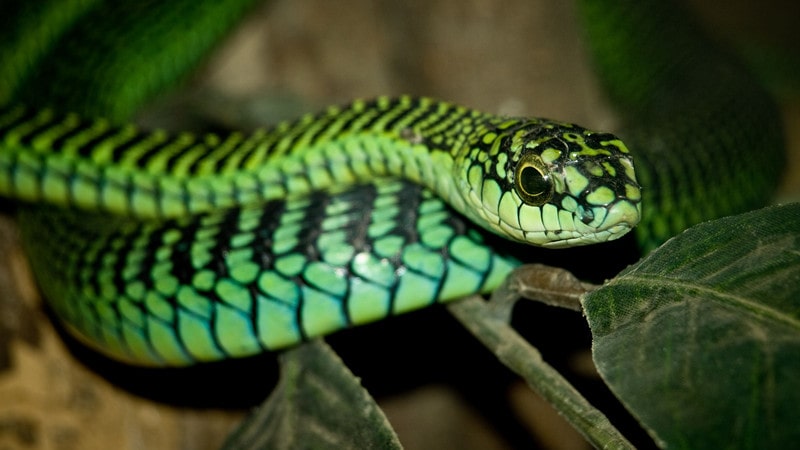
Image source: Pinterest
Boomslangs are slender snakes that don’t grow above 6.5 ft. They are famous for their strikingly huge eyes, which give them quite a blunt look. Their name comes from the Afrikaans, meaning “tree snake“. You can come across boomslangs in sub-Saharan Africa.
Though they might even seem cute, boomslangs are some of the most venomous snakes in the world. Their venom is hemotoxic, which means it kills your red blood cells. As a result, this prevents clotting and makes a boomslang’s prey bleed to death. The worst thing is, up to 5 days can pass before death occurs.
Regardless of its toxicity, a boomslang is a generally gentle creature. What’s more, it can also fall victim to many predator birds and larger snakes.
7. Tiger Snake
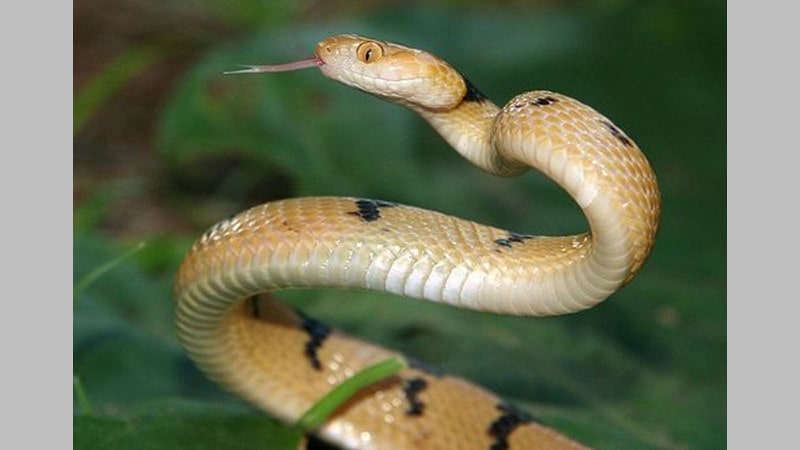
Image source: Pinterest
As their name suggests, tiger snakes are famous for their black and yellow stripes. However, not all of them have the same pattern. Native to Australia, tiger snakes can be found predominantly in watery regions such as swamps or lagoons. Still, they are very good at climbing — both trees and man-made objects.
The venom of tiger snakes is one of the most potent snake venoms. It contains strong neurotoxins and procoagulants. Therefore, a tiger snake bite can cause muscle weakness or paralysis and prevent blood clotting. According to statistics, tiger snakes are responsible for around 16 percent of total snake bites in Australia.
Like cobras, tiger snakes also raise themselves from the ground when they’re ready to attack. But this is just their defense mechanism — otherwise, they’ll be looking to escape.
8. Banded Krait
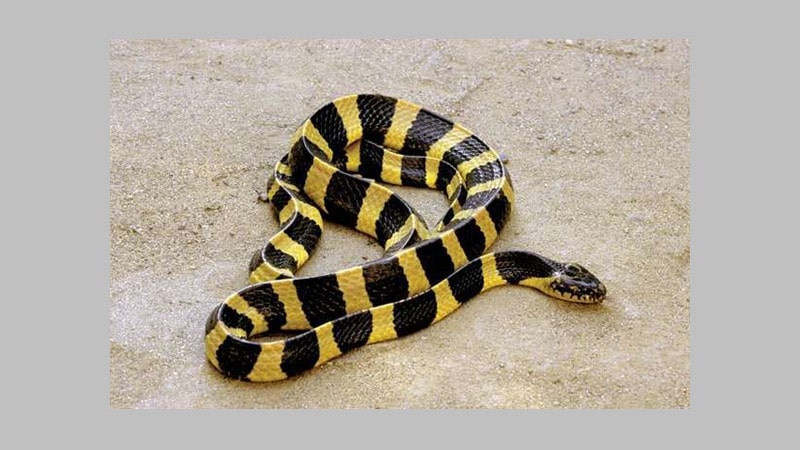
Image source: Pinterest
Banded kraits are native to the Indian subcontinent and Southeast Asia. Thanks to their yellow and black crossbands, you can easily spot them. Also, the triangular shape of their bodies will stick out to you immediately. Due to their color and shape, you’ll be able to notice them in grassy or rocky areas.
Their venom contains powerful neurotoxins able to prevent your internal organs from properly functioning. A banded krait bite can leave you with nausea, dizziness, or even abdominal pain. While this may not sound like much, in higher doses, their venom’s toxicity can even be lethal.
Still, banded kraits are mostly nocturnal animals. During the day, they’re much less likely to be aggressive.
9. Barba Amarilla
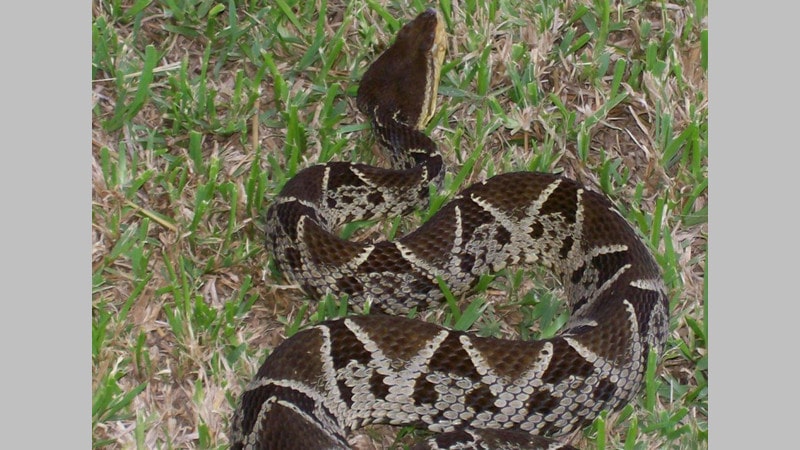
Image source: Pinterest
Barba Amarilla or common lancehead snakes get their name from the Spanish phrase for “yellow beard“. However, their color can range from darker brown or gray to lighter shades.
Mainly due to its earthy colors, spotting a common lancehead might prove difficult. So, in case you’re in South America, you’ll need to look out for this venomous predator.
Common lancehead snakes cause up to 99 percent of snake bites in the Amazon. They prefer agricultural land where they can easily camouflage. Unfortunately, agricultural workers get attacked most often due to not noticing them. And, without an antidote, their venomous bite can be fatal.
However, these predators also operate mostly at night. Plus, they too will be relying on their ability to camouflage to avoid contact with humans.
10. Saw-Scaled Vipers
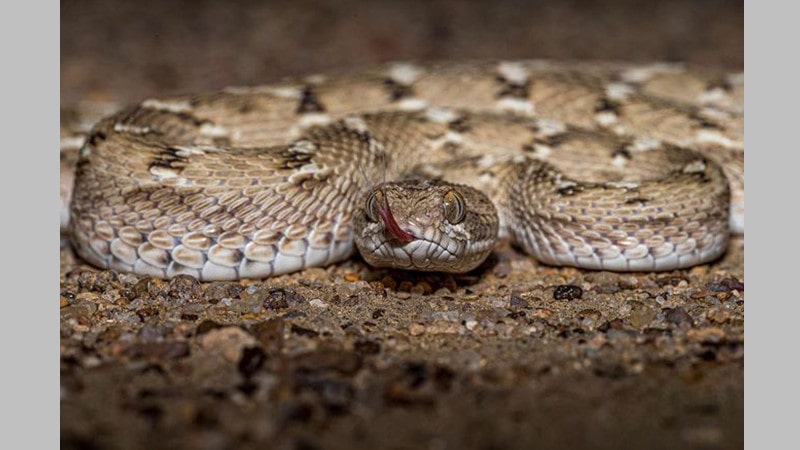
Image source: Pinterest
Saw-scaled vipers are highly venomous snakes that live in Middle-East and Central Asia. They are pretty small — adult vipers can’t grow more than 3ft. Their colors don’t make them much noticeable either, given their grayish or brown shades. As a result, they’re great at hiding out in rocky or sandy regions.
Most of these snakes have highly toxic venom. Their venomous bite can affect your blood circulation and damage your organs and tissue. Plus, you might not be able to get your antidote in time or at all. Because saw-scaled vipers live on such a large territory, the antivenin for their venom exists only in certain places.
So, no sugarcoating it here. You’ll need to do your best to avoid saw-snake vipers due to their extremely ferocious nature. Because of the toxicity of their venom and their overall aggressiveness, they’re known as the greatest killers in the snake world.
Final Thoughts
As the saying goes: “Once bitten, twice shy.” But after such encounters with some of the most venomous snakes in the world, you’re not to blame for your fear.
As you’ve seen, their venom could kill you within minutes. Its toxicity can destroy your red blood cells and prevent your blood from clotting. Plus, it might cause your muscles to weaken before you even have the time to react.
Therefore, you’ll need to keep your eyes open and watch out for these venomous predators. The truth is, most of them will be scared of you too and won’t be looking to attack you unless you provoke them.


